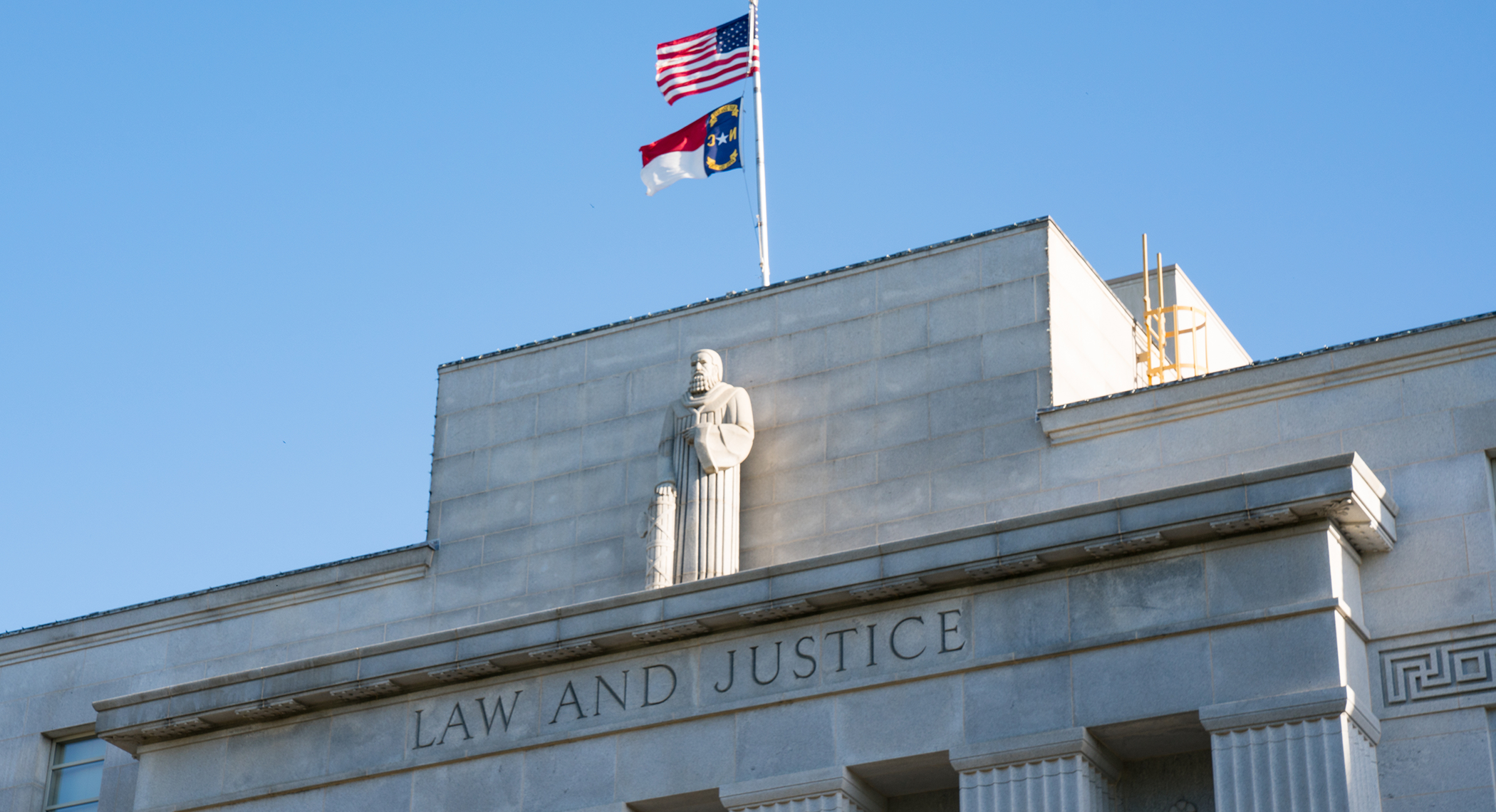We can learn from the states where affirmative action has already been banned what the Supreme Court’s decision to restrict race as a factor in the college admissions process will mean.
Written by Aziah Siid | Originally published wordinblack.com
In a long-anticipated decision, the Supreme Court has struck down affirmative action in higher education.
For decades, affirmative action, or race-conscious admissions in higher education, has served as a buffer for structural and passive racism that can occur in the admissions process, especially toward Black and Brown students.
In a 6-3 decision, the conservative-leaning court ruled that Harvard University and the University of North Carolina’s admissions programs violate the Equal Protection Clause of the 14th Amendment.
“Both programs lack sufficiently focused and measurable objectives warranting the use of race, unavoidably employ race in a negative manner, involve racial stereotyping, and lack meaningful endpoints. We have never permitted admissions programs to work in that way, and we will not do so today,” Chief Justice Roberts wrote in the opinion.
Justices Ketanji Brown Jackson, Sonia Sotomayor, and Elena Kagan dissented.
As a reminder of the country’s long history of systematic racism, Justice Jackson noted the universities’ attempts to balance the scale of the admissions process with the help of affirmative action.
“It is that inequality that admissions programs such as UNC’s help to address, to the benefit of us all. Because the majority’s judgment stunts that progress without any basis in law, history, logic, or justice,” Jackson wrote.
In May, Sara Clarke Kaplan, the executive director of the Antiracist Research & Policy Center at American University, pointed out that white women have been the primary beneficiaries of affirmative action.
“What we actually know,” Kaplan told Word In Black, “is that most of the forms of preference in higher education admission benefit precisely the people who are now claiming that they are being discriminated against and excluded.”
And in a statement, former first lady Michelle Obama wrote that “So often, we just accept that money, power, and privilege are perfectly justifiable forms of affirmative action, while kids growing up like I did are expected to compete when the ground is anything but level.”
Using the 1867 Cummings v. Missouri case as precedent, the court ruled that universities may consider an applicant’s “discussion of how race affected his or her life” so long as they are “treated based on his or her experiences as an individual—not on the basis of race.”
What exactly does this mean for the future generations of Black students applying to institutions of higher education? It’s too early to tell, but we can guess from what’s happened in the nine states that have already eliminated affirmative action.
For starters, there’s a possibility that the already low acceptance rates of Black students into top schools will simply get lower.
In 1996, California became the first state to ax affirmative action after voters approved a proposition banning it, and the number of Black students at the state’s public universities plummeted.
As EdSource noted, in the California State University system, Black students” were 8% of the freshman class in 1997 but have fallen almost in half to 4%. At the same time, the number of Black high school graduates has increased from about 21,000 in 1997 to 25,000 in 2018.”
And in 2006 when Michigan eliminated affirmative action, Black students were 7% of college students in the state. In 2021, they were only 4%.
No wonder experts Uma Mazyck Jayakumar and Ibram X. Kendi wrote in The Atlantic that “History repeats sometimes without rhyming. ‘Race neutral’ is the new ‘separate but equal.’”
However, affirmative action wasn’t a perfect solution. Data shows the underrepresentation of Black students in universities continued to be prevalent across the country, based on a 2017 New York Times analysis. Black and Hispanic students are more underrepresented at top colleges now than they were more than three decades ago.
But what continues to be true is that higher education is not just about getting into a school and receiving a degree. Rather, it’s an entry point for opportunities and other life outcomes.
It’s a reminder, as Bernice King wrote on Twitter, “We should not need #AffirmativeAction. But we do. Because racism, particularly anti-Black racism, persists in our systems, policies, and institutions.”
Indeed, “Society’s progress toward equality cannot be permanently halted. Diversity is now a fundamental American value, housed in our varied and multicultural American community that only continues to grow,” Justice Sotomayor wrote in her dissent. “The pursuit of racial diversity will go on. Although the Court has stripped out almost all uses of race in college admissions, universities can and should continue to use all available tools to meet society’s needs for diversity in education.”
Word In Black is a first-of-its-kind national newsroom powered by a collaboration of the nation’s leading Black publishers. Visit wordinblack.com





